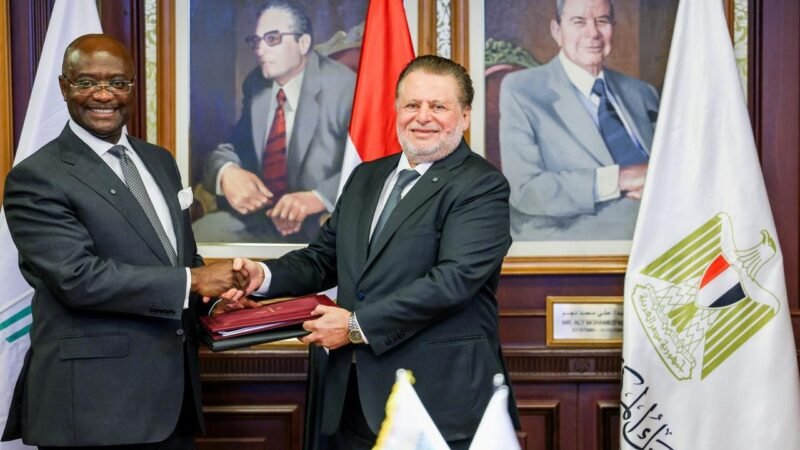Mastering the Art of Concise Communication: Essential Tips for Executives
For executives, time is a precious commodity. Maximizing productivity and efficiency often hinges on streamlined, effective communication. Mastering the art of conciseness not only benefits executives but also empowers their teams, enhancing overall effectiveness and reducing wasted time. Here’s how to keep business communication short, simple, and impactful.
1. Plan and Organize Communications Carefully
Whether drafting a letter, email, or memo, carefully organize and outline the points before sharing them. Structure each message clearly and purposefully, ensuring it reaches the intended audience without unnecessary content.
2. Review and Edit for Brevity
Once your communication is drafted, take time to review and edit. Remove redundant words and ideas to keep the content sharp and focused. Clear, to-the-point messages reduce the chances of misinterpretation and save everyone time.
3. Keep Business Calls Friendly and Relevant
In telephone conversations, maintain a friendly tone but focus on the purpose of the call. Get to the point quickly to respect both your time and the listener’s. Aim to resolve matters within a single call rather than multiple follow-ups.
4. Reduce Duplication in Reporting
Assess reports regularly to eliminate repetitive or unnecessary content. Streamlining reports improves clarity and enables quicker review and action. When every report holds value, team members are more likely to prioritize reading them.
5. Gather Relevant Information Efficiently
Before tackling a problem, reach out to the necessary people for the information or assistance you need. This ensures that you’re working with the most accurate and relevant data, enabling faster decision-making.
6. Make Quick, Decisive Decisions
Effective leaders make timely decisions without hesitation. The quicker an executive acts, the faster a team can align with the decision, preventing delays and maintaining momentum.
7. Streamline Disciplinary Conversations
In matters of discipline, discuss the core issue directly with the involved individual. Avoid lengthy debates or conversations that stray from the main point, as this can dilute the message and reduce the effectiveness of the discussion.
8. Use Simple, Direct Language
Both written and spoken communications should be clear and straightforward. Using plain language reduces misunderstandings and keeps discussions from becoming unnecessarily complicated.
9. Encourage Feedback to Ensure Clarity
Effective communication is a two-way street. Encourage feedback to ensure that others understand your messages clearly. This reduces the need for repetitive explanations and aligns everyone on the same page.
10. Practice Key Points Before Speaking
When preparing for a conversation or presentation, practice the main points to deliver them concisely. Staying focused on key messages keeps listeners engaged and ensures your main points are remembered.
11. Maintain Interest in All Communication Forms
Keep your audience’s attention by making every message, memo, or talk relevant and engaging. Tailor your communication style to your audience, ensuring they feel involved and interested in what you’re sharing.
12. Discourage Long-Winded Speeches
Encourage brevity among your team by modeling concise communication. Discourage overly lengthy speeches and aim for discussions that are direct and to the point, boosting productivity and clarity.
For executives, effective communication is essential to maintaining productivity and respect for everyone’s time. By keeping messages brief, direct, and clear, leaders can set a standard for their teams, fostering a culture of efficiency and focus that benefits the entire organization. Embrace these tips to streamline communication and enhance both personal and team productivity.




